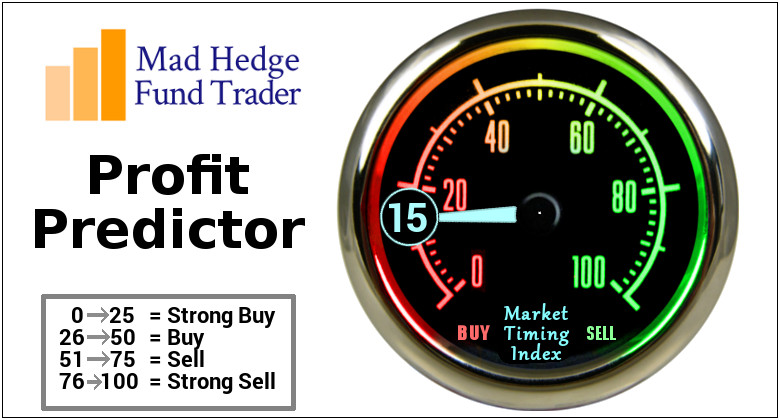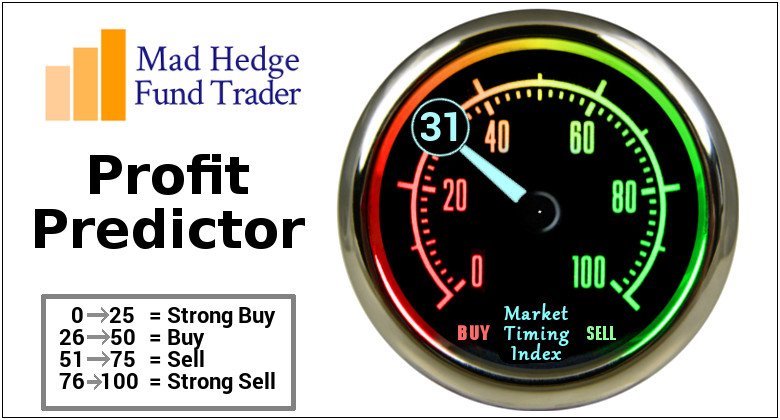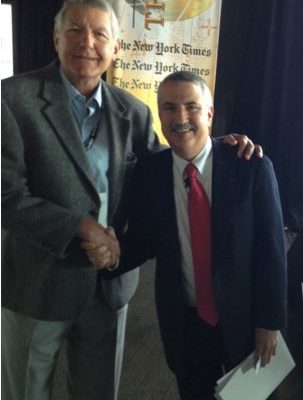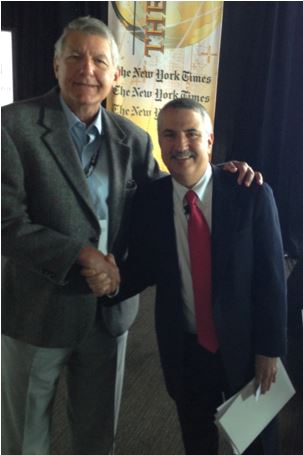
Global Market Comments
November 12, 2025
Fiat Lux
Featured Trade:
(THE JOHN THOMAS BIOGRAPHY IS OUT)
(THE EIGHT WORST TRADES IN HISTORY)

"Interest rates are the physical gravity of financial assets. The lower they are, the higher assets will levitate," said Anthony Scaramucci, the founder and managing partner of SkyBridge Capital, a leading hedge fund of funds.
Global Market Comments
November 11, 2025
Fiat Lux
Featured Trade:
(WEDNESDAY, JANUARY 14, 2026, SARASOTA, FLORIDA STRATEGY LUNCHEON)
(RECOLLECTIONS OF A MARINE)
Global Market Comments
November 10, 2025
Fiat Lux
Featured Trade:
(MARKET OUTLOOK FOR THE WEEK AHEAD or REALITY CHECK),
(GS), (NFLX), (ZM), (TSLA), (META), (PLTR), (HOOD), (COIN), (GOOGL), (MP), (NB)
“Short term volatility creates long term opportunity, said Rupal Bhansali, of the Ariel International Fund.
Global Market Comments
November 7, 2025
Fiat Lux
Featured Trade:
(TESTIMONIAL)
(CONTANGO IN THE VIX EXPLAINED ONE MORE TIME),
(UVXY), ($VIX), (SPY)
Global Market Comments
November 6, 2025
Fiat Lux
Featured Trade:
(WHY YOUR OTHER INVESTMENT NEWSLETTER IS SO DANGEROUS)
"If horses could have voted, there never would have been cars," said my friend, Tom Friedman, a columnist at the New York Times.
“Most inventions fail because the timing is wrong. Inventing is a lot like surfing. You have to anticipate and catch the wave just at the right moment,” said computer scientist and futurologist, Ray Kurzweil.
Global Market Comments
November 4, 2025
Fiat Lux
Featured Trade:
(JANUARY 8 ORLANDO, FLORIDA STRATEGY LUNCHEON)
(TEN REASONS WHY I ONLY EXECUTE VERTICAL CALL DEBIT SPREADS),
(AAPL), ($VIX), (SPY)











